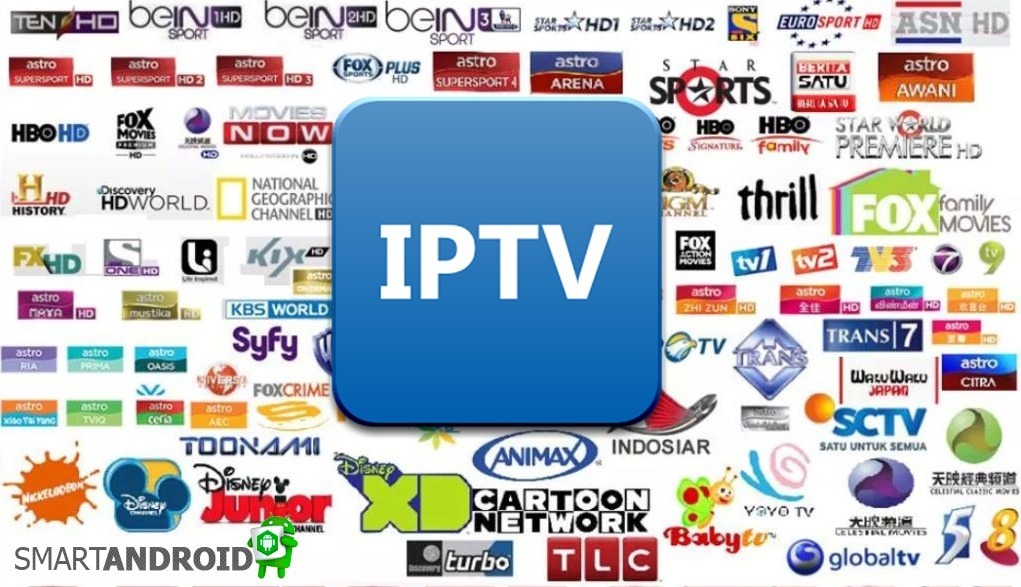IPTV
IPTV
Blog Article

Navigating the World of IPTV: A Deep Dive into Internet Protocol Television
In the digital age, the way we consume television is undergoing a transformative shift, thanks to the advent of Internet Protocol Television (IPTV). This technology is reshaping the traditional television landscape, offering an innovative and flexible viewing experience to users worldwide. This article explores the essentials of IPTV, including its operation, benefits, various formats, and its role in the future of television consumption. Visit IPTV subscription for more information.
Understanding IPTV
IPTV is a digital television broadcasting retransmitted via Internet Protocol over network infrastructure, which may include delivery via a broadband Internet connection. Unlike conventional methods that rely on satellite or cable, IPTV uses the internet to deliver television content, enabling a more personalized and interactive user experience.
How IPTV Functions
The Backbone of IPTV
At its core, IPTV utilizes a network architecture that leverages IP multicasting with Internet Group Management Protocol (IGMP) for live broadcasts and Real-Time Streaming Protocol (RTSP) for on-demand content. This setup ensures efficient delivery of video streams, optimizing bandwidth and maintaining content quality.
Importance of Content Delivery Networks
Content Delivery Networks (CDNs) are crucial for the seamless distribution of IPTV content. By minimizing the distance between the server and the viewer, CDNs reduce loading times and buffering, ensuring a smoother and more enjoyable viewing experience.
Advantages of IPTV
Enhanced Viewer Experience
IPTV stands out for its ability to offer a customizable viewing experience. It provides features such as pause, rewind, and forward for live TV, alongside interactive services that transform how viewers engage with content.
On-Demand Content
One of IPTV's most appealing features is its vast selection of on-demand content. This allows viewers to watch their favorite shows, movies, and more whenever they choose, breaking free from the constraints of traditional broadcast schedules.
Superior Quality Streaming
Thanks to modern compression and streaming technologies, IPTV delivers content in high definition (HD) and ultra-high definition (UHD), offering a significantly improved viewing experience over standard definition (SD) of traditional broadcasts.
Types of IPTV Services
Live IPTV
This service enables viewers to watch live events and television programs over the internet, mirroring traditional live TV but with the added benefits of IPTV's interactive features.
Time-Shifted TV
Time-shifted TV, or catch-up TV, allows viewers to watch broadcast programs later, offering flexibility and convenience that traditional TV schedules cannot match.
Video on Demand (VOD)
VOD services offer a comprehensive library of films, TV shows, and other content that viewers can select and watch at any time, further emphasizing IPTV's user-centric approach.
The Future Outlook for IPTV
With global internet connectivity improving and bandwidth increasing, IPTV's potential for growth is significant. Its capacity to provide a tailored, high-quality, and interactive viewing experience positions it as a key player in the future of television. As technology advances, IPTV is expected to become the predominant form of television consumption, revolutionizing how content is delivered and consumed.
In summary, IPTV represents a significant shift in television viewing, characterized by enhanced personalization, flexibility, and interactivity. It not only caters to the evolving demands of modern viewers but also sets the stage for the future of digital entertainment, promising a dynamic and enriched viewing experience for audiences around the globe.
Report this page